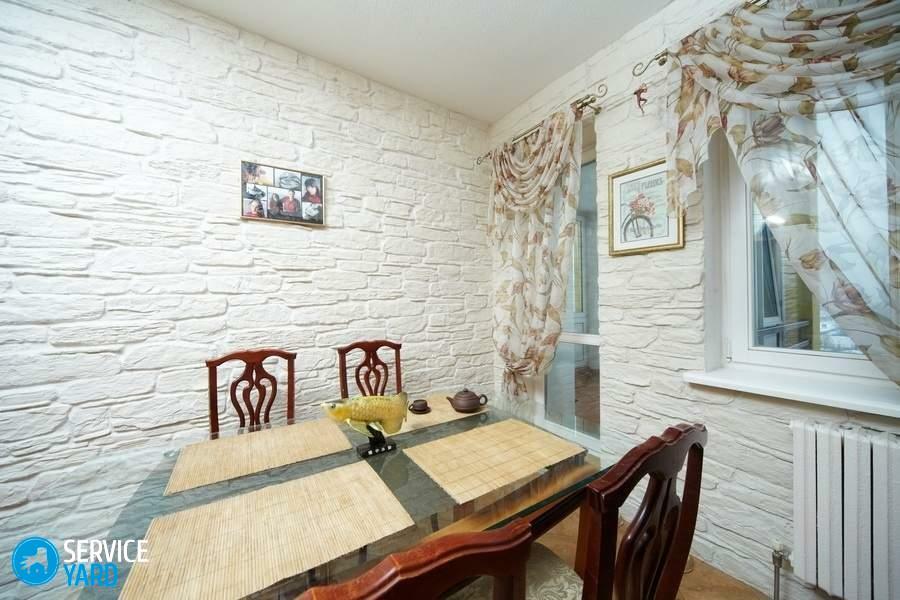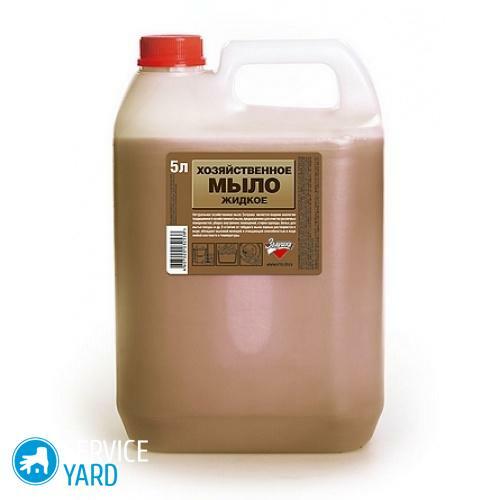If your home has recently been renovated water supply systems, then do not rush to throw away the remains of the pipe: they can be useful for various household purposes, not related to plumbing and sewerage. Polypropylene pipes, which are hot-joined, are extremely durable and withstand mechanical stress well. It was this circumstance that the author of the YouTube channel took advantage of. ALTAI LIFE and made from these scraps of pipe a small mobile and very light step-ladder with which it is convenient to get things from the upper shelves of cabinets or books from shelving. The experience is quite interesting and deserves close attention. If you like it, then you can easily repeat it with your own hands.
Read in the article
- 1 What is required for the ladder: materials and tools
- 2 The sequence of assembling a ladder made of plastic
- 3 Skeptics and optimists: where to apply and how to improve
What is required for the ladder: materials and tools
You don't need any special tools to assemble the ladder - you have it all, since you have been repairing or replacing pipes. You will need a PP brazing machine and a hacksaw to cut the pipe.
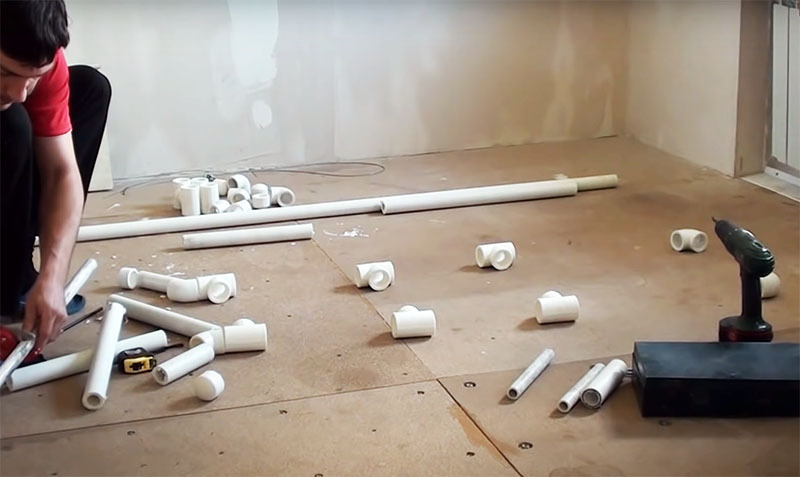
You will connect the parts in a hot way, as when working with plumbing and sewerage. As for the diameter of the pipes, count on your weight. For a person weighing 70-80 kg, pipes of at least 40 mm in diameter will be required.
The sequence of assembling a ladder made of plastic
If you have the skills to work with plastic pipes, the entire assembly will take you a matter of minutes.
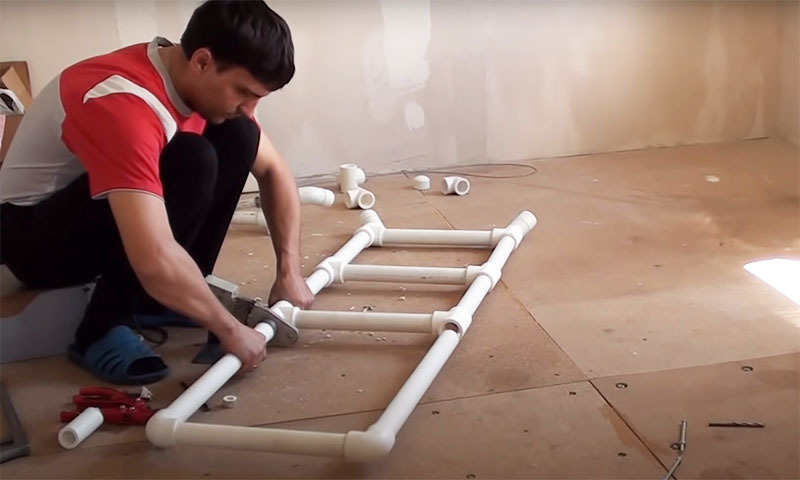
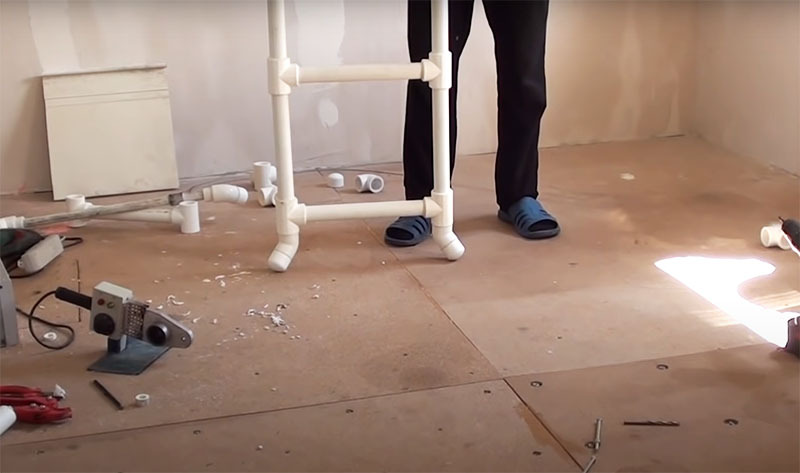
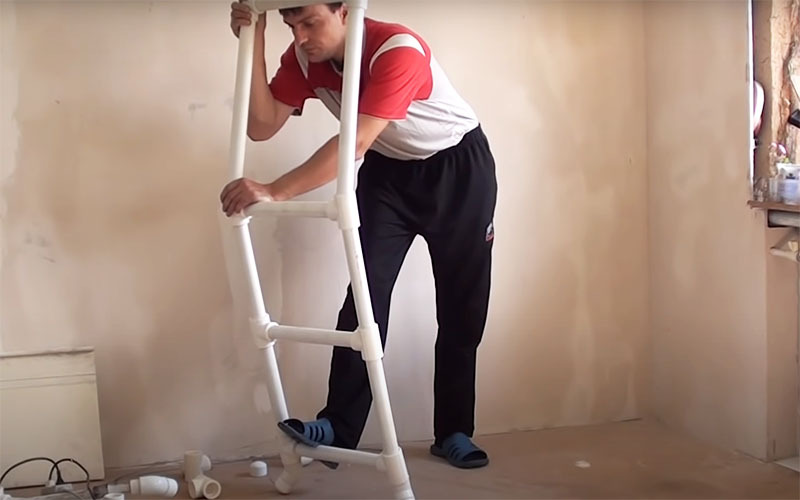
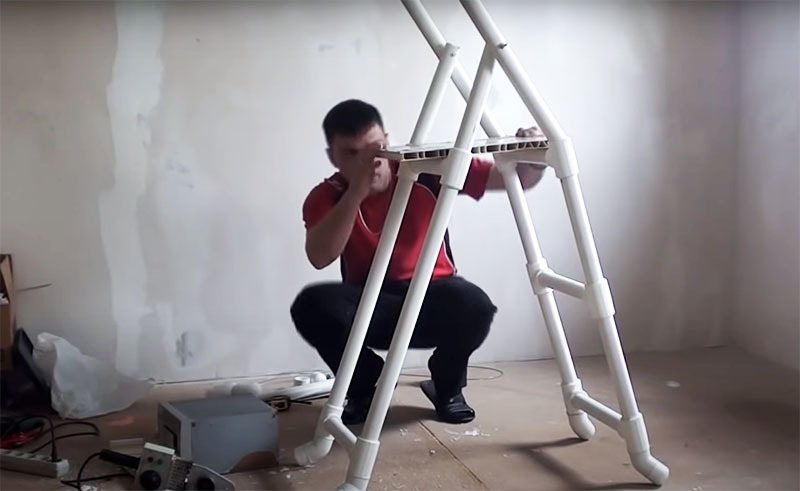
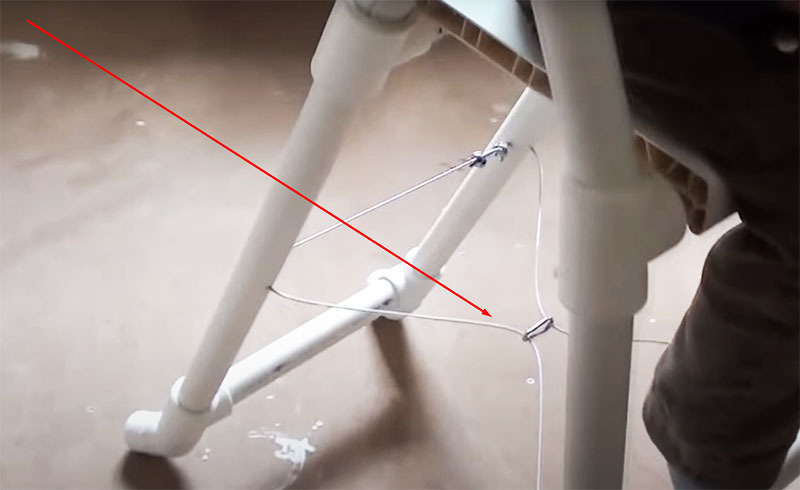
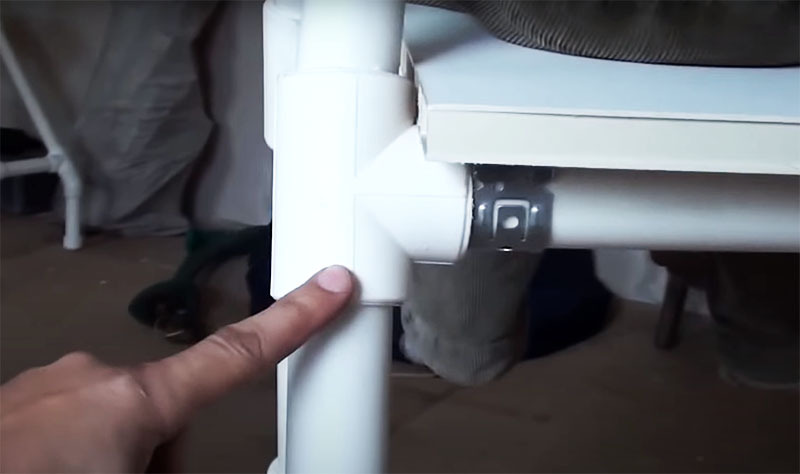
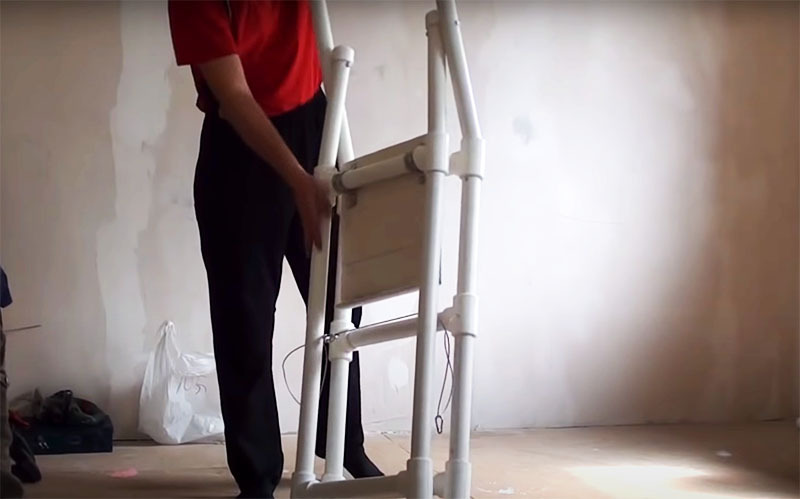
Skeptics and optimists: where to apply and how to improve
About the creation of such a plastic stepladder, two remarks reasonably arise. The first is complaints about the strength of the structure. This is logical, because plastic is a rather fragile material. So such ladders can only be used by people with low weight, up to a maximum of 80 kg. If desired, the structure can be strengthened, for example, with wooden cuttings. If you pass them through the support posts, the ladder will turn out to be heavier, but much stronger and more reliable.
The second skeptical argument is the cost of materials. Yes, polypropylene with all the connecting elements is not a cheap pleasure. Many users write that if you buy all the described parts, then the step-ladder will turn out to be more expensive than the factory-made aluminum one of the same size. But in this case, we are not talking about specially purchasing the entire kit, but about using the remnants of materials that were not useful during the repair. So if you just have to buy a couple of plugs and tees, the costs will not be excessive.
And finally, another idea for using such a ladder: if you have a summer pool or a swimming barrel on your site, then such a ladder (with minor modifications) will be very useful. Here is an example of such a construction in a video clip:
Share your opinion on this idea in the comments! Write if you are using any other structures made of polypropylene pipes. Which of them would you recommend to our readers?

